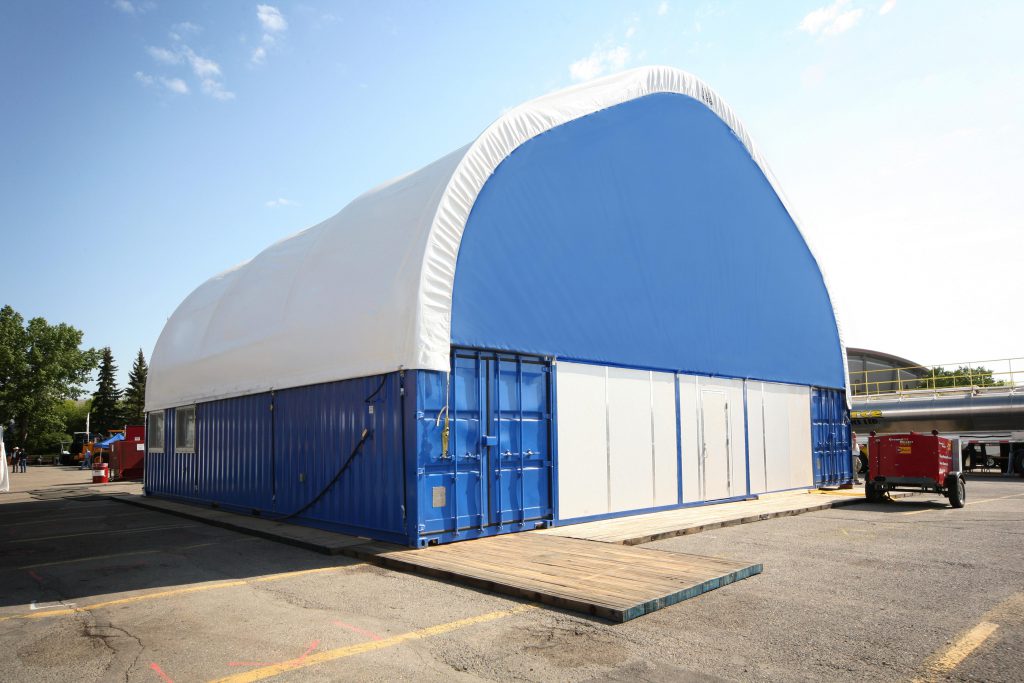
The idea of using lightweight and firm structures in construction is not new. Today’s engineered fabric buildings offer a wide range of benefits over conventional concrete buildings for both temporary and permanent installations.
Here are the top facts you want to know about what makes engineered fabric structures in Canada superior to their counterparts.
Engineering for fabric structures enables diverse application
Customization is the key to storing industrial equipment, mining operations or aerospace projects. Fabric buildings can be designed and constructed to meet every need, including varying roof pitches as well as peak heights. Even for odd-sized lots, fabric structures can be shaped to suit the need.
Steel frames in fabric structures can also be designed to support elements like hangar doors, cranes and conveyors, fire suppression systems, heating and cooling systems, lighting equipment and whatnot.
Fabric buildings are known for their durability
The firm steel frames are used in every building construction. The ripstop fabric lasts for decades, providing the strength and durability needed for heavy industrial application.
In order to help fabric buildings stay clean during the rainy season for an extended period, you can use fungicide-resistant fabrics to prevent moulds from growing.
Fabric structures do not need nails along the roof and can prevent entry points for moisture. Moisture could cause rust to buildings and is a big no. The fabric itself is resistant to the effects of corrosion or rust caused by mould damage.
Energy-efficiency is another crucial aspect
Costs of heating and cooling of steel are relatively lower with fabric buildings. Since the fabric is naturally non-conductive, the interior remains cooler during summer and warmer during winter days.
The fabric does not hold heat from the sun; instead, it helps to maintain the temperature of the interior.
Fabric roofs offer up to 12% translucency, allowing natural sunlight to pervade through the structure. This eliminates the need for artificial lights when the sun is outside. You can even install solar panels in your fabric building to further cut energy bills.
They are easy to set up and relocate on different foundations
Fabric buildings can be installed faster than any other conventional structure. Although they are permanent, it is possible to relocate them according to your need.
The flexibility of the fabric allows them to become portable and move to the desired location as required.
They are sustainable and recyclable
Most fabric buildings contain recycled steel and can be further recycled for future use. Some manufacturers partner with outside recyclers to process use fabric to be used in new products.
Whether you want to use fabric as a construction material for industrial, commercial or residential use, you can go for it.
wordpress theme by initheme.com

